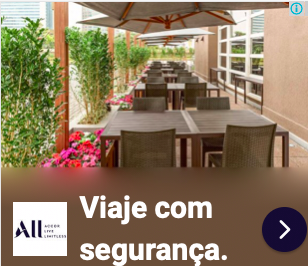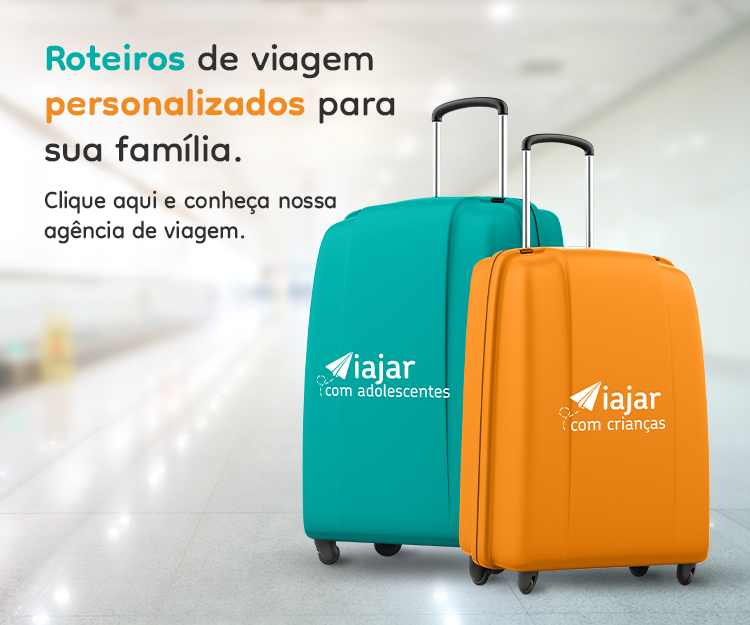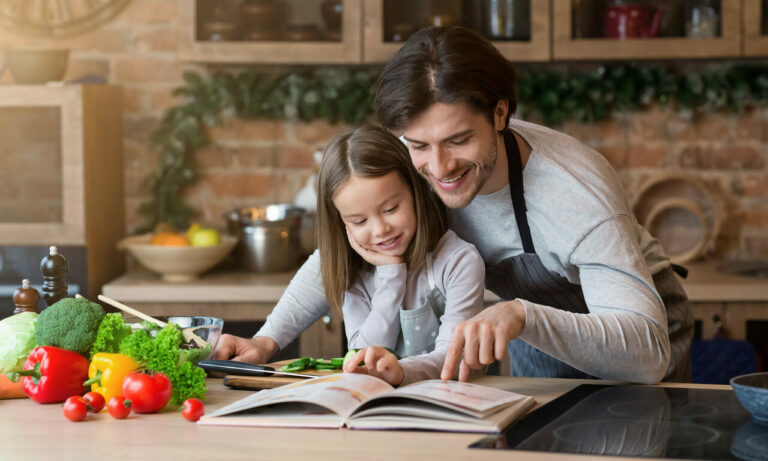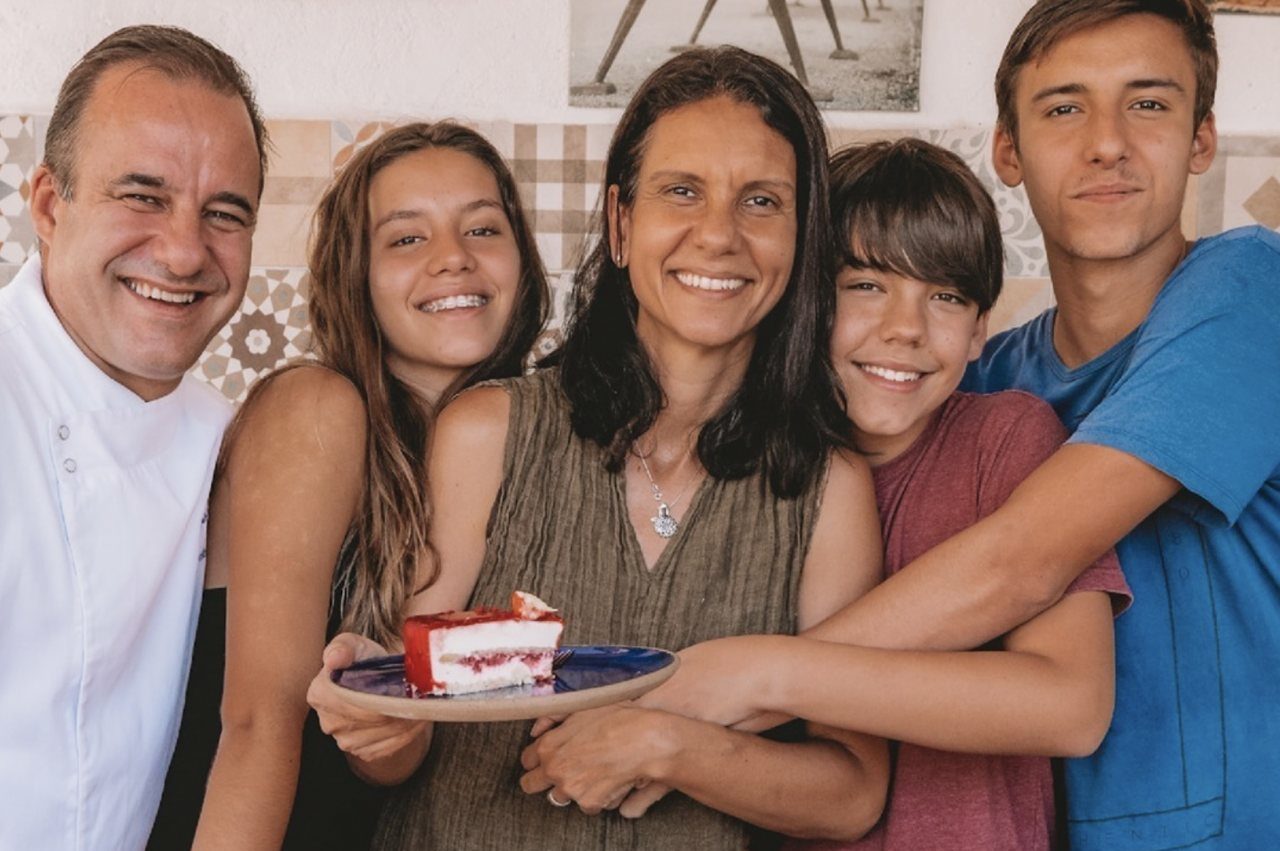
Chef Frédéric Monnier teaches children to eat healthy
It's at the French school in Rio de Janeiro, Lycée Molière, that the French chef created a responsible, multicultural and sustainable canteen
- By Sut-Mie Guibert
Frédéric Monnier doesn’t even seem French; his friends call him “the most carioca of French chefs“! And, indeed, he has a wide smile, easy conversation, loves the land and flavors of where he has lived for over 20 years. He married a Brazilian woman he met during Carnival and now has three teenage children. If it weren’t for his accent and traditions and roots kept in the small details, we might doubt it. This cultural mix is interesting for his professional history: he learned to cook with his grandfather and father in France at a young age, traveled extensively for work in different countries and ended up getting to know Brazil. Today, in addition to the coveted title of Maître Cuisinier de France, having his own brand of French gourmet products, he also carries the responsibility of being a Chef Ambassador for Senac since 2006, where he teaches many courses and provides consulting.
It was this dual/multiple gastronomic culture, combined with his experience as a teacher and administrator, that guided him when the French Lycée in Rio de Janeiro, Lycée Molière, asked for his help in maintaining the school cafeteria, as the previous supplier left everything two months before the start of classes. It was in this emergency situation that he began his experience at the school. But the good part is that he had complete autonomy to set up a new cafeteria: he hired a nutritionist, structured teams, put together balanced menus without junk food…and, most importantly, put into practice his dream of a healthy canteen to feed future citizens.
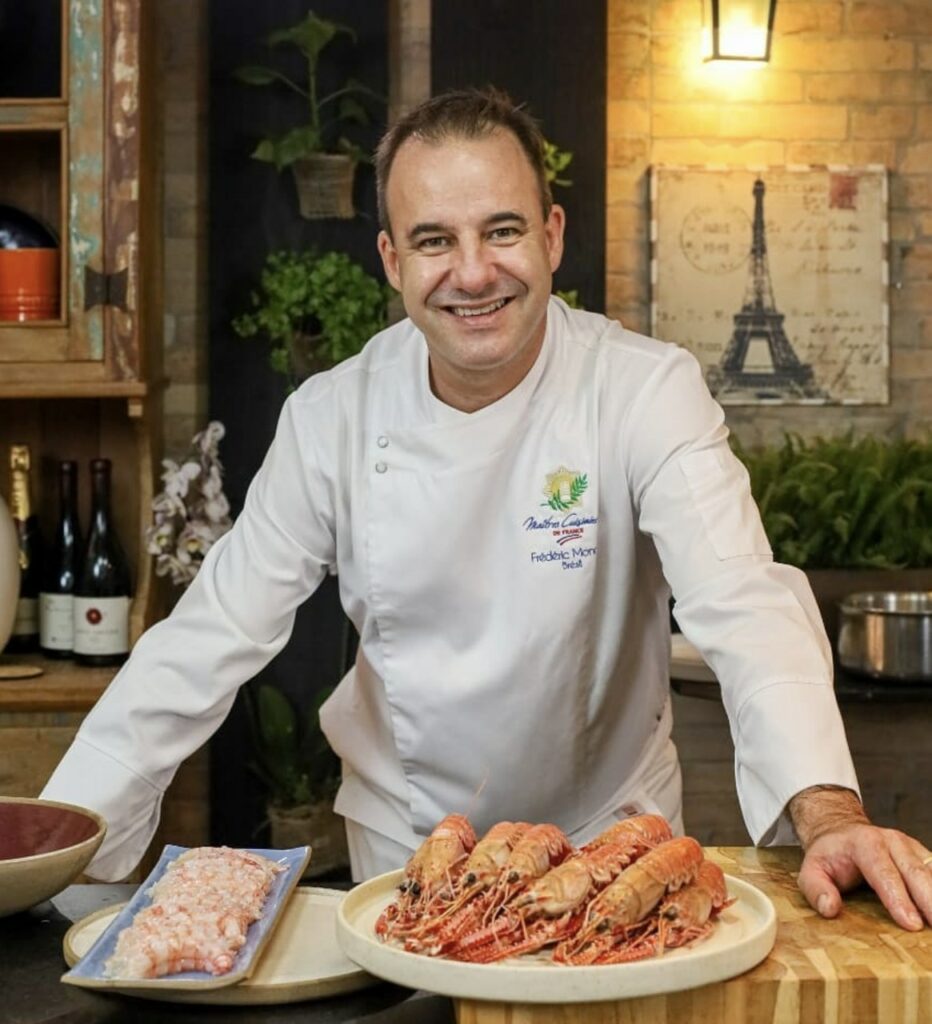
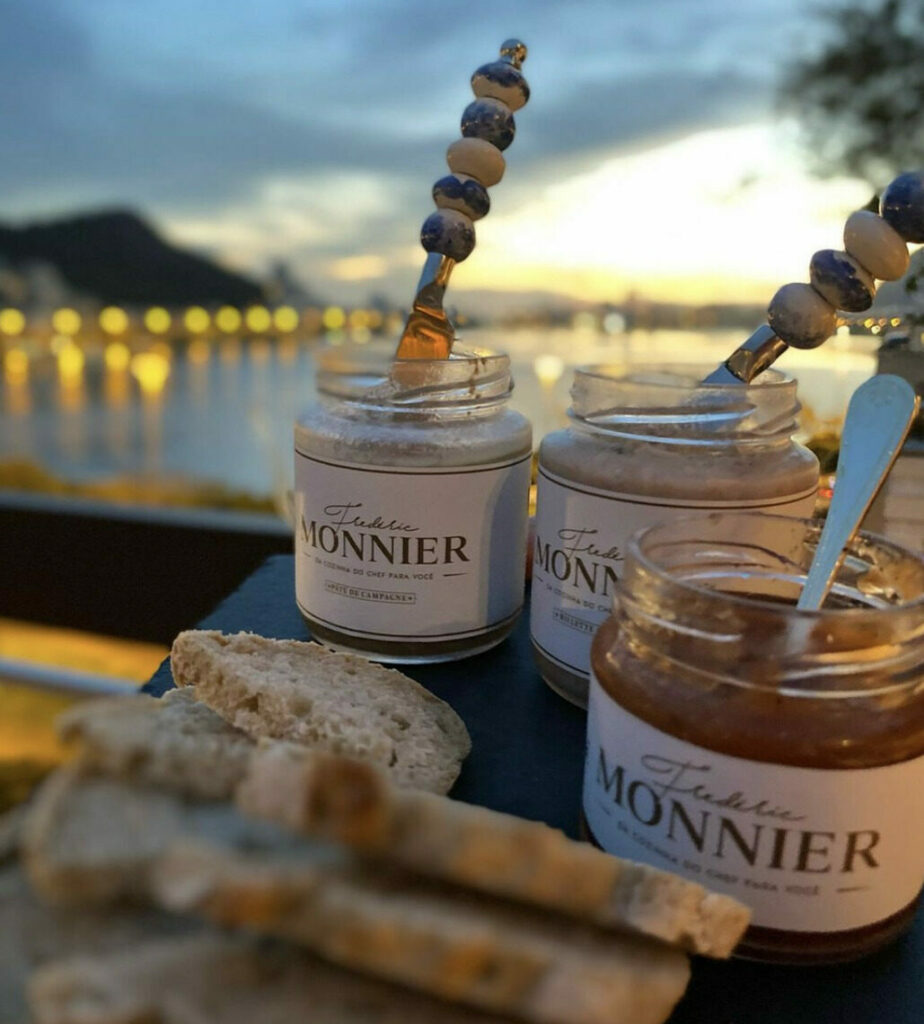
Uma cozinha responsável e sustentável
The first step was, with the help of Sebrae (the Brazilian Micro and Small Business Support Service), to set up a garden on an adjacent plot of land to the school, with rainwater collection and composting. The objectives were varied: to have organic products for the kitchen and various pedagogical purposes such as teaching sustainability, environmental education, and healthy eating education. But not only that: since the school goes from kindergarten to high school, even older students were able to take advantage of biology, chemistry, and agroecology workshops.
It worked out very well! The Lycée canteen has been offering healthy, varied food with less salt, sugar, and meat-free options for 10 years now. It’s not 100% organic yet, but Fred tries his best, including buying from small producers for the integration of an agricultural community.
The benefits are visible: children understand the importance of nature, its integration, and feel part of the environment. They differentiate healthy foods from less nutritious and processed products. The famous “peel more and unwrap less.”
In practice, the little ones love planting in pots, making seedlings, watching them grow, and harvesting them. Group work is also encouraged, with defined roles: some harvest, some wash, some cut… and that’s how we can see a notice in the hallways that on that day “the main meal was made by such-and-such class.”
Occasionally, the children also create the menu, with the help of the nutritionist. And that’s how the roles are reversed: they go home teaching their parents healthier habits.

“Children take carrots, ginger, and herbs home as if they were treasures,” says Frédéric.
A multicultural cuisine
As the school welcomes many foreign and Brazilian children, and since Frédéric is also attached to his French culture, the menu ends up being quite eclectic and follows festive calendars from both countries, France and Brazil, with crepes, macarons, bûche de Noel (a Christmas cake that simulates a tree trunk), galette des rois (a king cake), and even éclairs (and not “chocolate bombs,” s’il vous plaît)! At the same time, children who come from outside discover many fruits, black beans, farofa, dishes from the June festivals, and even delicacies from other regions, such as the Amazonian fish Pirarucu.
The latter has even become a star, worthy of exhibition and lectures. Along with other chefs, Frédéric was invited by the Gosto da Amazônia collective to spend a week in the Amazon, discovering the sustainable management of Pirarucu, the largest freshwater fish in the world, which can reach up to 3m in length and weigh 200kg. He met with indigenous people from the Paumari tribe and riverside communities that fish for pirarucu in a controlled manner, discovered ways to prepare the fish, and saw that a single fish and a single giant cassava were able to feed 150 people at a banquet in the forest. Back in Rio de Janeiro, imbued with these strong experiences, he decided to share his experience with the Licée and his other projects. He invited indigenous people to give lectures, held an exhibition of Amazonian photographers in the canteen, and of course, Pirarucu became part of the menu, where it remains to this day. “Working with sustainable wild Pirarucu from the Amazon is special because of the role it plays in uniting communities and conserving the forest,” highlights Frédéric.

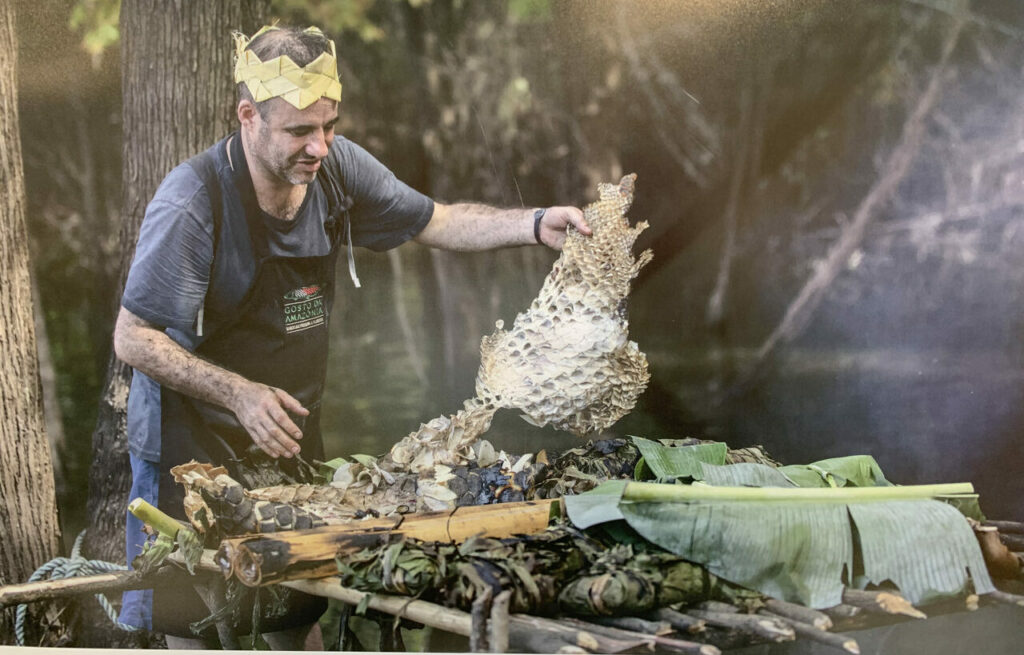
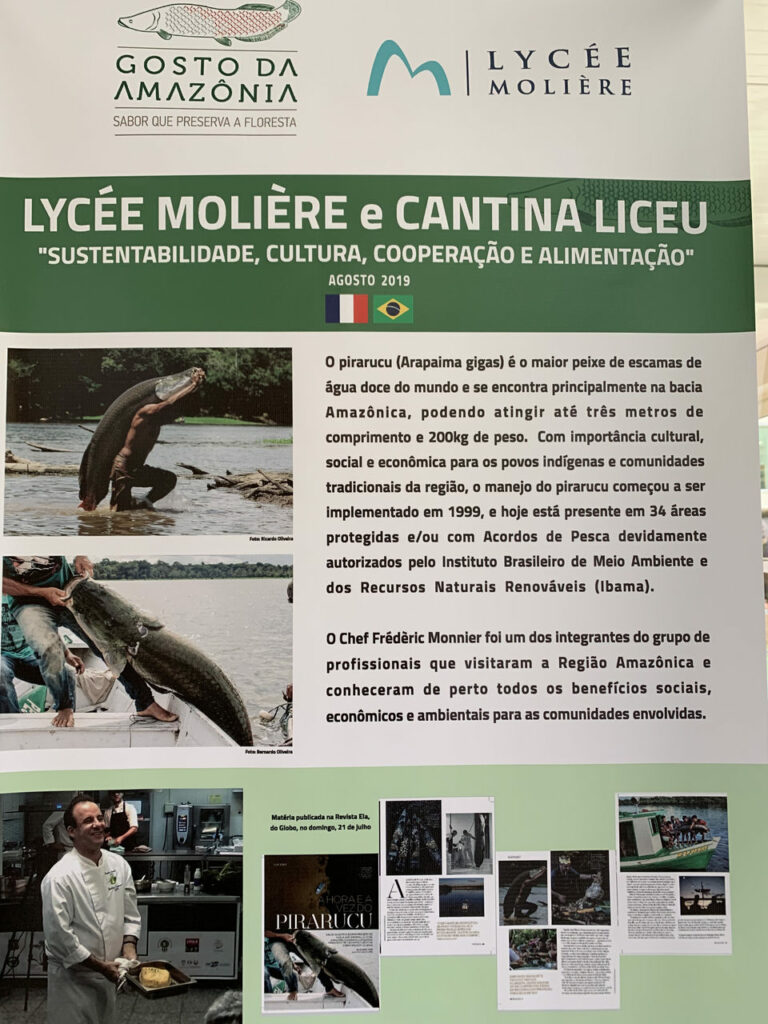
Chef Frédéric Monnier grills pirarucu fish on banana leaves, in the Amazon rainforest.
Frédéric likes to say that “you can’t think well, love well, or sleep well if you don’t eat well” and, for this reason, it’s necessary to teach children to eat healthily from an early age, letting them enter the kitchen with you, touch the food, and cook together. This is how he learned from his grandfather and father, and it’s what he passes on to his family and future generations. It’s important to share these moments and experiences, so that food is always something respected and extremely enjoyable.
Services
Learn more about Chef Frédéric Monnier and his French products.
Discover the Lycée français Molière.
Get to know the restaurants and chefs who participate in and develop the collective work of Gosto da Amazônia.
Things the Way Family love to pack in their suitcase:
Gate
Eletronics for the travel: smartphone, drone, câmera, charger,…
Destiny
UV clothes, bikinis, caps, diving goggles, snorkel mask and other accessories…










